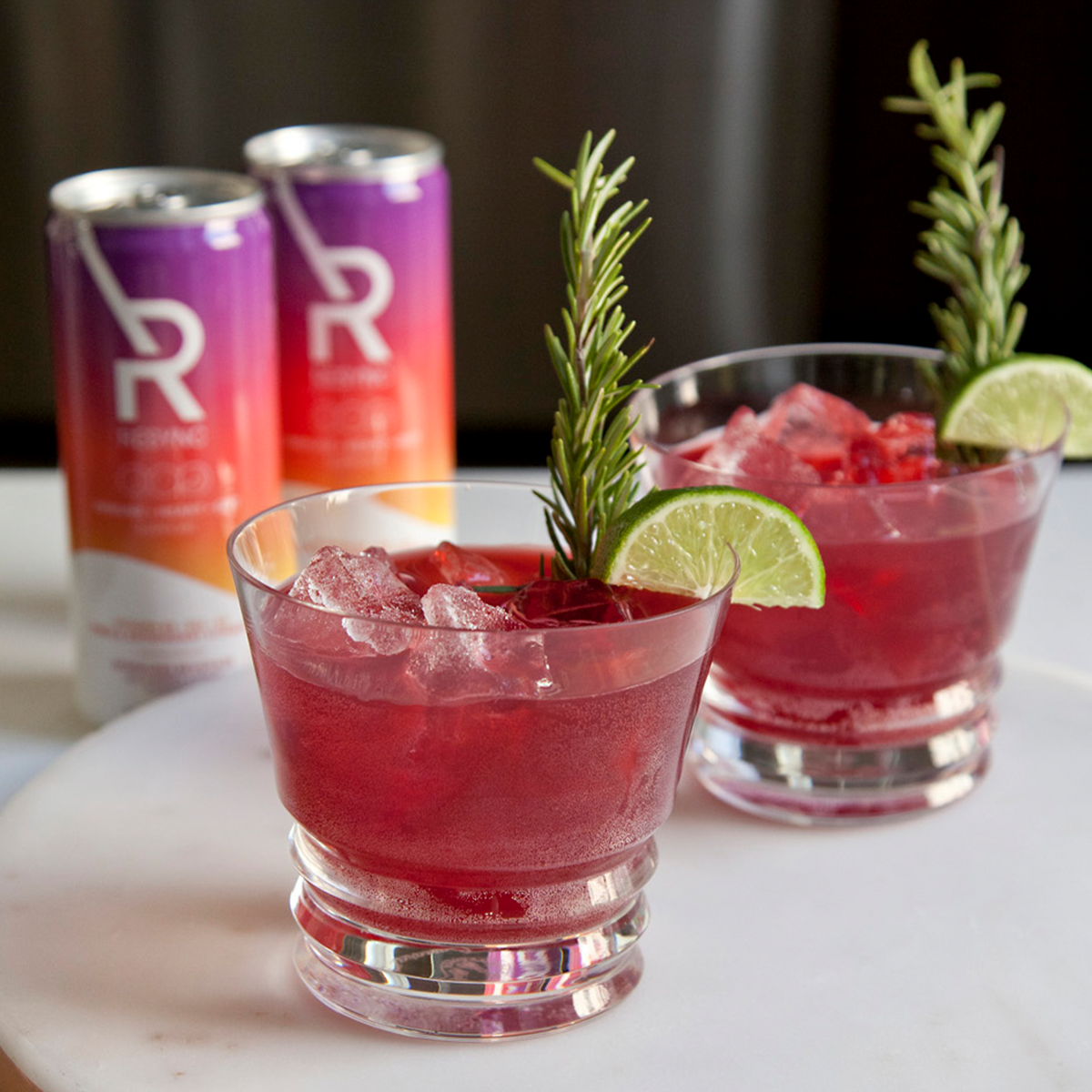Cardiovascular & Endurance:
Moore AN, Haun CT, Kephart WC, Holland AM, Mobley CB, Pascoe DD, Roberts MD, Martin JS. Red Spinach Extract Increases Ventilatory Threshold during Graded Exercise Testing. Sports (Basel) 2017 Oct 16;5(4). pii: E80. doi: 10.3390/sports5040080.
Bailey, S. J., & School of Sport and Health Sciences. (2009). Dietary nitrate supplementation reduces the O2 cost of low-intensity exercise and enhances tolerance to high-intensity exercise in humans.
Bondonno, C. P., Croft, K. D., & Hodgson, J. M. (2016). Dietary Nitrate, Nitric Oxide, and Cardiovascular Health.
Blood Pressure Meta-Analysis (Decrease Both Systolic & Diastolic Blood Pressure):
https://www.ncbi.nlm.nih.gov/pubmed/23596162
https://www.ncbi.nlm.nih.gov/pubmed/29141968
https://journals.physiology.org/doi/full/10.1152/japplphysiol.00722.2009 - only systolic, not diastolic “Collectively, these data suggest that systolic BP is more amenable to nitrate-induced change than is diastolic BP.”
Endurance:
https://www.ncbi.nlm.nih.gov/pubmed/27600147
Endurance (Time-Trial specific 1500m by 3%) https://www.ncbi.nlm.nih.gov/pubmed/27553127
Cyclist (referenced on handout): https://journals.physiology.org/doi/full/10.1152/japplphysiol.00722.2009
Cardio reference (on handout): Bondonno, C. P., Croft, K. D., & Hodgson, J. M. (2016). Dietary Nitrate, Nitric Oxide, and Cardiovascular Health.
Recovery & Inflammation:
Bahadoran, Zahra, et al. “The Nitrate-Independent Blood Pressure-Lowering Effect of Beetroot Juice: A Systematic Review and Meta-Analysis.” Advances in Nutrition (Bethesda, Md.), vol. 8, no. 6, Nov. 2017, pp. 830–38. PubMed, doi:10.3945/an.117.016717.
Buchwald-Werner, Sybille, et al. “Effects of Mangifera Indica (Careless) on Microcirculation and Glucose Metabolism in Healthy Volunteers.” Planta Medica, vol. 83, no. 10, July 2017, pp. 824–29. www.thieme-connect.com, doi:10.1055/s-0043-103017.
Clifford, Tom, et al. “The Potential Benefits of Red Beetroot Supplementation in Health and Disease.” Nutrients, vol. 7, no. 4, Apr. 2015, pp. 2801–22. PubMed Central, doi:10.3390/nu7042801.
DiSilvestro, Robert A., et al. “Diverse Effects of a Low Dose Supplement of Lipidated Curcumin in Healthy Middle Aged People.” Nutrition Journal, vol. 11, Sept. 2012, p. 79. PubMed Central, doi:10.1186/1475-2891-11-79.
Mogoşanu, George Dan, et al. “Calcium Fructoborate for Bone and Cardiovascular Health.” Biological Trace Element Research, vol. 172, 2016, pp. 277–81. PubMed Central, doi:10.1007/s12011-015-0590-2.
Moore, Angelique N., et al. “Red Spinach Extract Increases Ventilatory Threshold during Graded Exercise Testing.” Sports, vol. 5, no. 4, 4, Multidisciplinary Digital Publishing Institute, Dec. 2017, p. 80. www.mdpi.com, doi:10.3390/sports5040080.
Rahmani, Jamal, et al. “The Effect of Aronia Consumption on Lipid Profile, Blood Pressure, and Biomarkers of Inflammation: A Systematic Review and Meta-Analysis of Randomized Controlled Trials.” Phytotherapy Research: PTR, vol. 33, no. 8, Aug. 2019, pp. 1981–90. PubMed, doi:10.1002/ptr.6398.
Shaw G, Lee-Barthel A, Ross ML, Wang B, Baar K. Vitamin C-enriched gelatin supplementation before intermittent
activity augments collagen synthesis. Am J Clin Nutr 2017; 105(1): 136-143.
Vanhatalo, Anni, et al. “Dietary Nitrate Accelerates Postexercise Muscle Metabolic Recovery and O2 Delivery in Hypoxia.” Journal of Applied Physiology, vol. 117, no. 12, Dec. 2014, pp. 1460–70. PubMed Central, doi:10.1152/japplphysiol.00096.2014.
Collagen & Musculoskeletal System:
Castelo-Branco, Camil et al. "Relationship Between Skin Collagen And Bone Changes During Aging". Maturitas, vol 18, no. 3, 1994, pp. 199-206.
Elsevier BV, doi:10.1016/0378-5122(94)90126-0.
Clark, Kristine L., et al. “24-Week Study on the Use of Collagen Hydrolysate as a Dietary Supplement in Athletes with Activity-Related Joint Pain.” Current Medical Research and Opinion, vol. 24, no. 5, May 2008, pp. 1485–96. doi:10.1185/030079908X291967.
Clifford, Tom, et al. “The Effects of Collagen Peptides on Muscle Damage, Inflammation and Bone Turnover Following Exercise: a Randomized, Controlled Trial.” Amino Acids, vol. 51, no. 4, 2019, pp. 691–704., doi:10.1007/s00726-019-02706-5.
Dressler, Patrick, et al. “Improvement of Functional Ankle Properties Following Supplementation with Specific Collagen Peptides in Athletes with Chronic Ankle Instability.” Journal of Sports Science & Medicine, vol. 17, no. 2, May 2018, pp. 298–304.
García-Coronado, Juan Mario, et al. “Effect of Collagen Supplementation on Osteoarthritis Symptoms: A Meta-Analysis of Randomized Placebo-Controlled Trials.” International Orthopaedics, vol. 43, no. 3, Mar. 2019, pp. 531–38. Springer Link, doi:10.1007/s00264-018-4211-5.
Ichikawa, Satomi, et al. “Hydroxyproline-Containing Dipeptides and Tripeptides Quantified at High Concentration in Human Blood after Oral Administration of Gelatin Hydrolysate.” International Journal of Food Sciences and Nutrition, vol. 61, no. 1, Feb. 2010, pp. 52–60. Taylor and Francis+NEJM, doi:10.3109/09637480903257711.
König, Daniel et al. "Specific Collagen Peptides Improve Bone Mineral Density And Bone Markers In Postmenopausal Women—A Randomized Controlled Study". Nutrients, vol 10, no. 1, 2018, p. 97. MDPI AG, doi:10.3390/nu10010097.
Oertzen-Hagemann, Vanessa, et al. “Effects of 12 Weeks of Hypertrophy Resistance Exercise Training Combined with Collagen Peptide Supplementation on the Skeletal Muscle Proteome in Recreationally Active Men.” Nutrients, vol. 11, no. 5, May 2019. PubMed Central, doi:10.3390/nu11051072.
Ohara, Hiroki, et al. “Comparison of Quantity and Structures of Hydroxyproline-Containing Peptides in Human Blood after Oral Ingestion of Gelatin Hydrolysates from Different Sources.” Journal of Agricultural and Food Chemistry, vol. 55, no. 4, Feb. 2007, pp. 1532–35. ACS Publications, doi:10.1021/jf062834s.






















